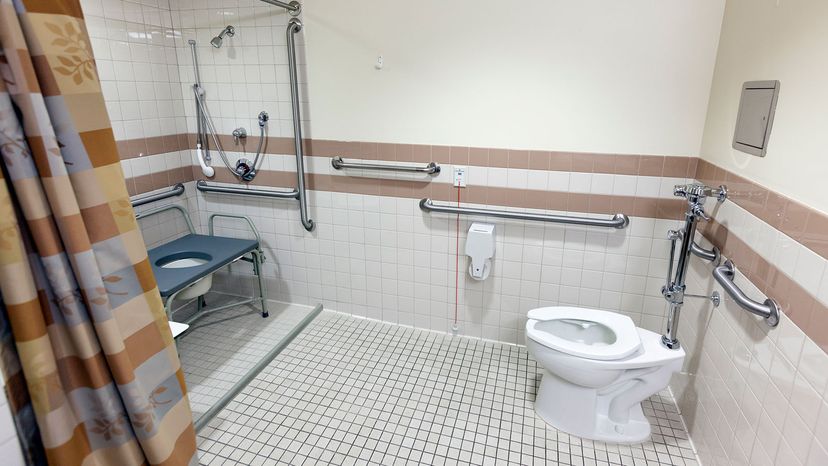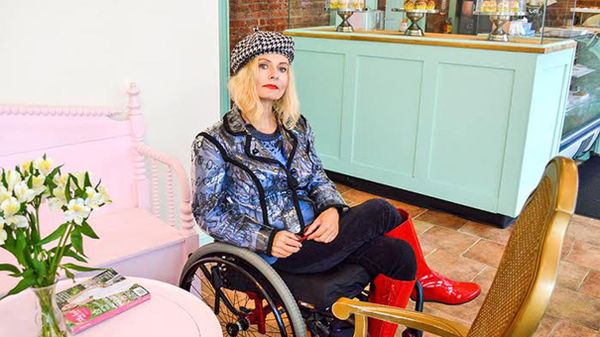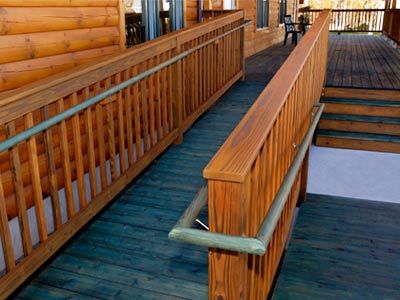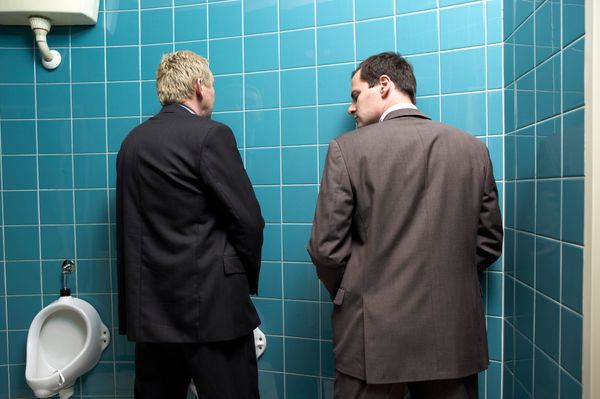
It's a common dilemma – amid the sea of cramped regular public bathroom stalls lies the one gloriously large stall commonly designated for people with disabilities. Upon entering the bathroom you look around, often with a smidge of paranoia and guilt. You don't have any physical disabilities, but it sure can be more comfortable to use the wider bathroom stall, particularly if you have kids with you or are doing a quick change of clothes. But you might wonder, is this legal?
As it turns out, there's no law expressly forbidding a person without a disability from using the large stall. So, the potty police won't be busting out with cuffs anytime soon.
Advertisement
"The Americans with Disabilities Act (ADA) states that businesses are required by law to have bathrooms that are accessible to people with a disability. However, the ADA does not address whether those stalls are to be reserved for handicapped people," says David Reischer, CEO of the site Legal Advice in an email. "Unlike parking spaces, which the ADA does require those spots to be reserved for disabled people by law."
In other words, it's not all that different from using the ramp in front of a business. It's there to make the site wheelchair accessible, but there's no reason it can't be used for regular foot traffic, too.
This is great news for people like Holly Anderson, a certified invested parent coach and mother to young kids. "I have four children, and when I am in a rush at the store and my 2 and 4-year-olds are tagging along, I'll wait for the handicap stall to open so all three of us, and the stroller, can fit inside. People may judge, but honestly, I've never seen any disapproving faces watch me enter the stall," she says in an email. "I figured it's a universally understood thing, that as a protective mother, I don't want to leave my young children by themselves."
Indeed, this is one situation where a little bit of common sense goes a long way. "In the event there are handicapped people waiting or actively using the stall, I think it is important to let them have first dibs, but often there are no handicapped people at the event, a long line, and an empty stall, in which case I believe it is OK to use," says marketing and design expert Stacy Caprio in an email.
However, keep in mind that not all disabilities are visible. "A person may need the larger space or grab bars provided by the accessible stall, but may not use a cane, wheelchair, or other obvious medical equipment that makes it clear they have a disability," says certified rehab counselor Rose Reif in an email. "Just because someone doesn't 'look' like they need to use the stall doesn't mean that they don't have a legitimate need for it."
Advertisement



